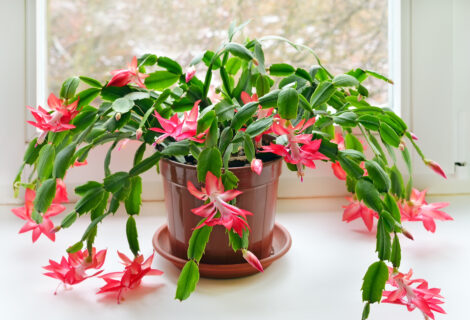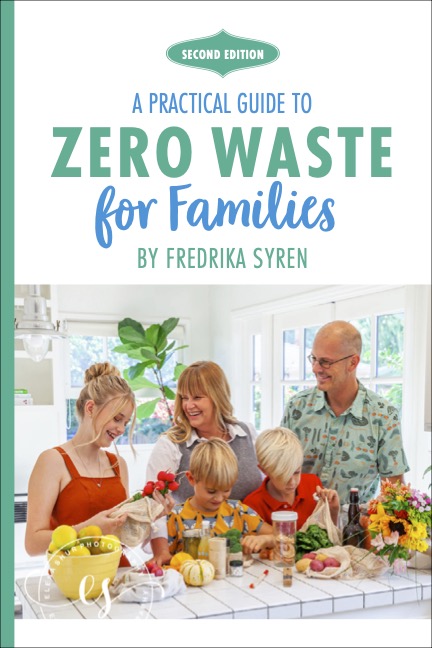By Poppy Jones:
Interior design can be defined as the art and science of enhancing the interior aesthetics of a room or building to achieve a healthier environment for people to enjoy. The physical environment with which you surround yourself plays a major role in your overall mood and mental well-being; so no matter how stressful your day-to-day life can get, your home should be a safe haven, a place to de-stress and switch off.
Out of Sight, Out of Mind
Whether you realize it or not, your eyes are constantly scanning your environment and sending signals to your brain. If you have a lot of visual clutter within your home, this causes your brain to take in an overload of visual information, which causes you to feel stressed, even claustrophobic.
Minimalistic design is a trans-artistic philosophy and a proliferating popular trend born in the later 21stcentury in response to visual overstimulation that characterized our culture and society in the 20thcentury, particularly the 60s.
Whether it be in your bedroom, living room or kitchen, clutter will contribute to your stress levels because your eyes are working harder. Having adequate storage to keep your belongings out of sight is key to reducing stress. Ensure that your things are organizedand stored in ways that are easily accessible, as this will also reduce stress.
Plants
Bringing nature into the homeis a great way to add a sense of calmness and tranquillity. Natural elements also have a number of health benefits, including the ability to soothe headaches, reduce anxiety and aid in a better night’s sleep.
The Red-edged Dracaena, with its purply/red edges and green stem, is a great way of adding a pop of vibrance to the room. The fast-growing shrub is also great for its air purifying properties which promote a clean and relaxing ambience.
Spider plants remove carbon monoxide from the air, thus creating more oxygen, which has been proven to reduce stress and anxiety levels. These plants look especially good in hanging baskets, a unique and quirky décor idea that works well in larger rooms with lots of ceiling space.
Simple and Natural Furniture
Zen style furniture can be characterized by simple and clear lines whilst avoiding complicated detailing, patterns and bright colors. Such style is typically found in contemporary furnituretrends as opposed to old-fashioned or antique pieces, which tend to be flamboyant and heavy to the eye.
Adding a beanbag to the corner of a room is a great reminder to take time to relax and read a book or listen to music. A beanbag offers full body support and a level of comfort that you cannot typically find with a sofa or chair. The ultimate level of relaxation is achieved when your entire body is relaxed.
Calming Colors
Color is a magnificent tool for reducing stress, and has a significant impact on your mood and well-being. Science has proven that looking at specific colors can actually be relaxing and promote calmness.
The color blue is mainly associated with emotions of calmness and tranquility. Blue has tremendous power to manage stress by soothing your mind, slowing your heart rate, and reducing your blood pressure and anxiety. It is important to note that blue is very cool in tone, so picking the right shade is vital.
Green and yellow are extremely peaceful and warm colors. Not only will they bring a sense of happiness and warmth to a room, but their symbolization of nature is said to be comforting, which defuses anxiety and stress. Beige greens and pale yellows are the most stress-reducing shades, as they are soft to the eye.
White symbolizes clarity and peace, and is a great color to be surrounded by in times of stress, as it can clear your thoughts and make you feel fresh. Off-white is a great choice if you want your room to feel cozy and warm.
https://www.thisoldhouse.com/windows/reviews/best-indoor-plants-for-beginners









